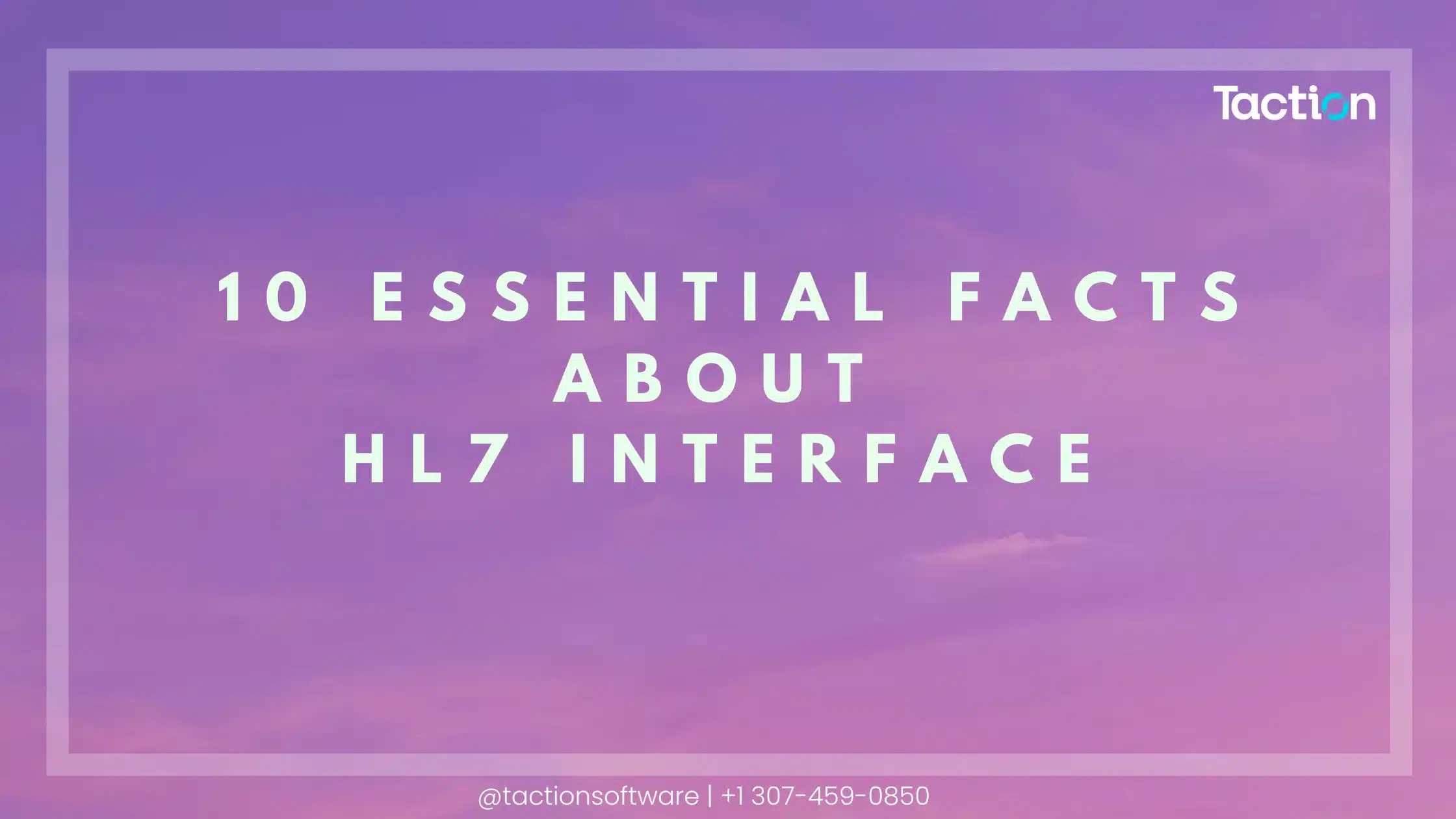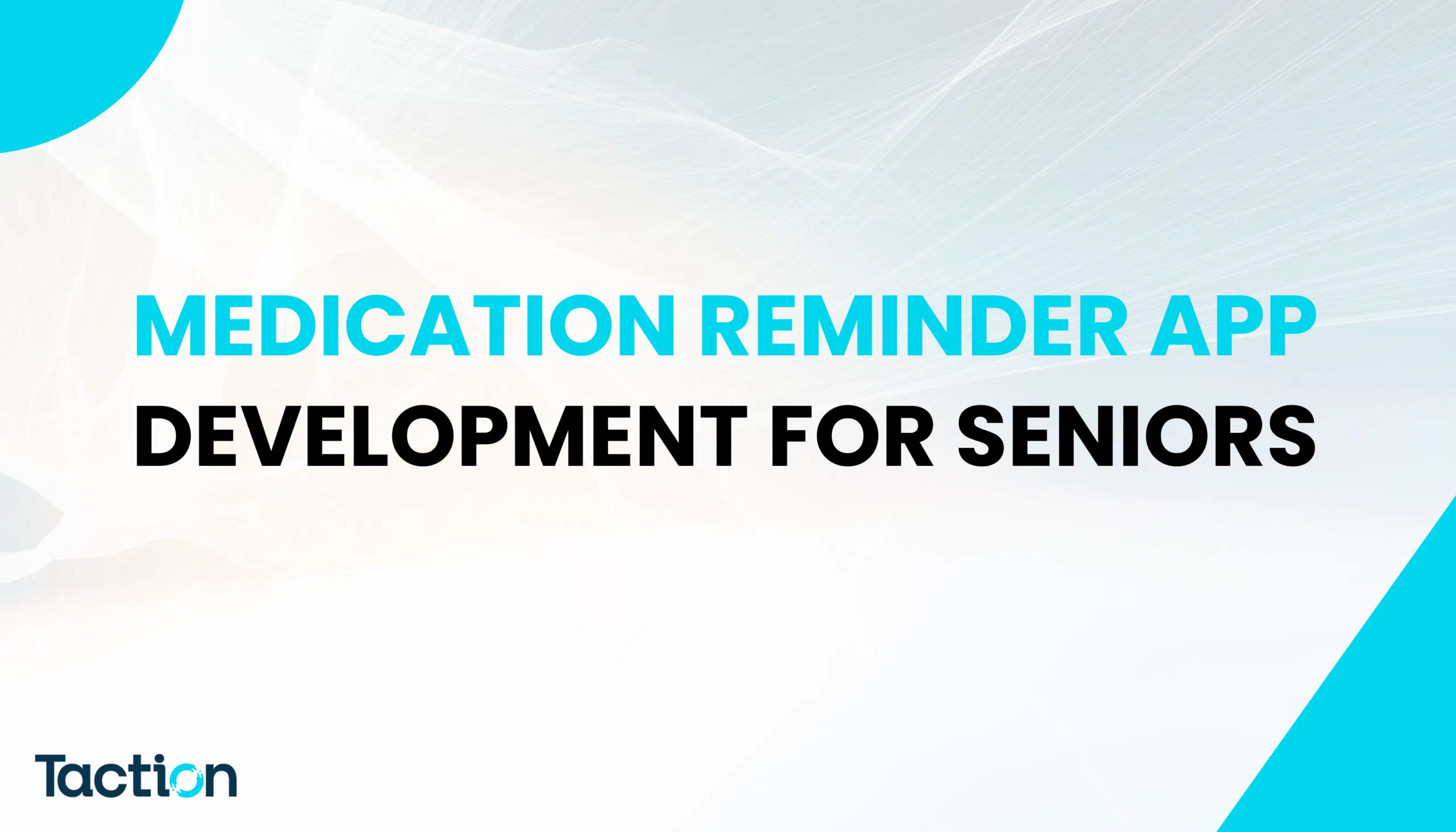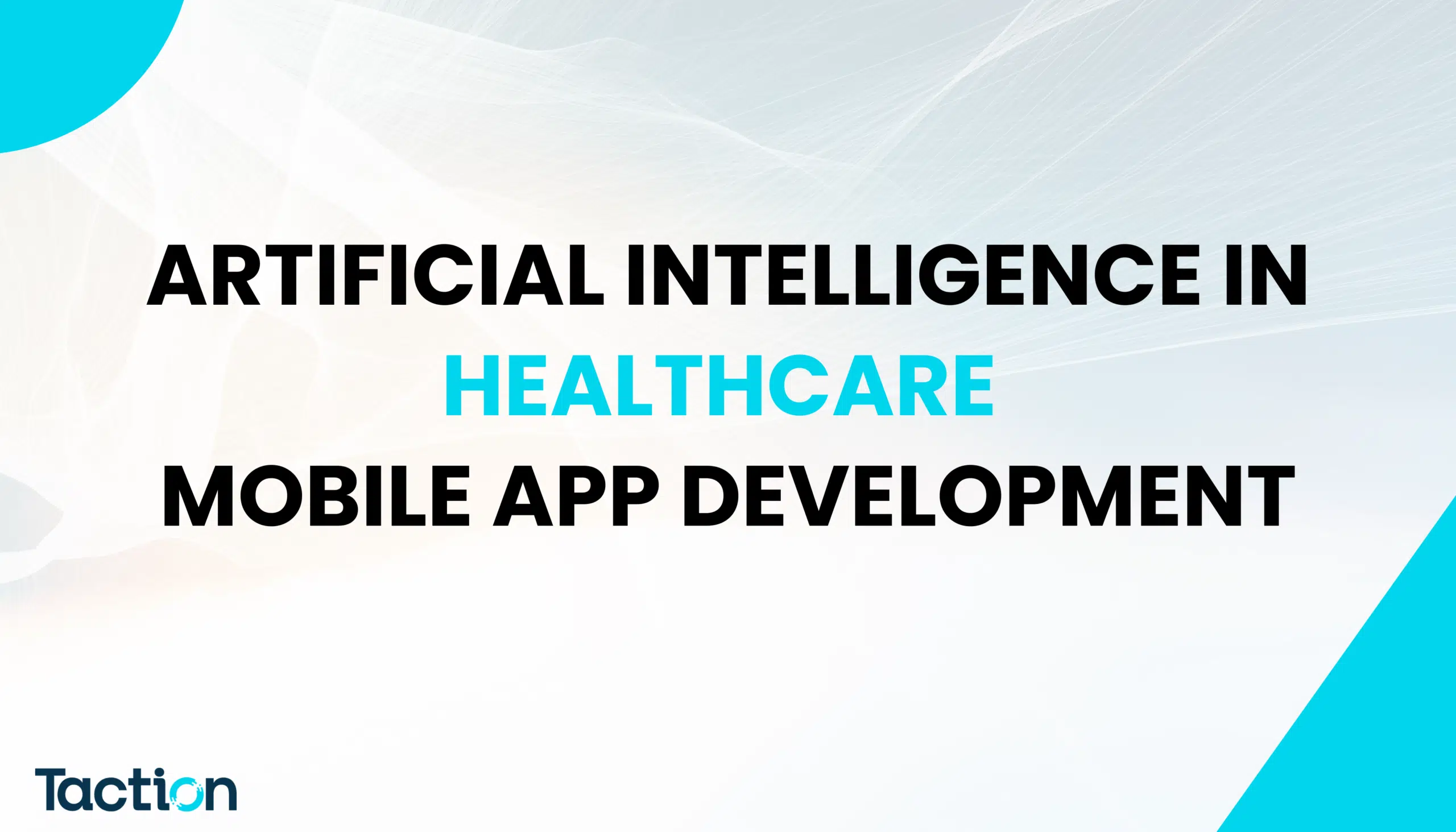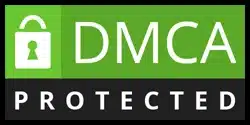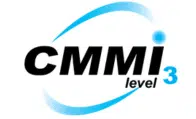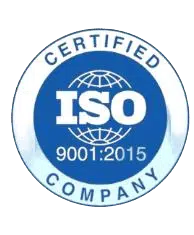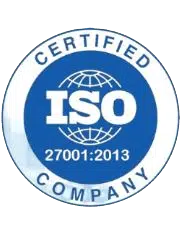10 Essential Facts About HL7 Interface
In the ever-evolving world of healthcare technology, the term “HL7 interface” frequently comes up, especially when discussing data exchange between healthcare systems. HL7, or Health Level Seven, is a set of international standards for the transfer of clinical and administrative data between software applications used by various healthcare providers. If you’re new to this or simply looking to deepen your understanding, here are 10 essential facts about the HL7 interface that you need to know.
1. What Is an HL7 Interface?
An HL7 interface is a system that facilitates communication between different healthcare applications, ensuring they can exchange data seamlessly. Without an HL7 interface, systems like electronic health records (EHRs), lab information systems (LIS), and radiology information systems (RIS) wouldn’t be able to share data effectively, leading to fragmented patient information.
2. Why Is the HL7 Interface Important?
The HL7 interface is crucial because it standardizes the way healthcare information is exchanged, ensuring that different systems can communicate regardless of the software or hardware they use. This interoperability is vital for patient care, as it allows different healthcare providers to access consistent and up-to-date patient information, which is essential for making informed clinical decisions.
3. How Does the HL7 Interface Work?
The HL7 interface operates by mapping data from one system into a standardized HL7 message format, which is then sent to another system. This involves a series of steps including message parsing, data translation, and data validation. The HL7 interface ensures that the data is correctly formatted and accurately transferred between systems, minimizing the risk of errors.
4. Common HL7 Message Types
There are several HL7 message types, each serving a different purpose. Some of the most common include:
- ADT (Admission, Discharge, Transfer): Manages patient administrative information.
- ORM (Order Entry): Handles clinical orders for laboratory tests, medications, etc.
- ORU (Observation Result): Transmits observations and results from various tests.
- DFT (Detailed Financial Transactions): Deals with billing information.
Understanding these message types is key to grasping how an HL7 interface supports the flow of information across healthcare systems.
5. Challenges in Implementing an HL7 Interface
Implementing an HL7 interface is not without challenges. One of the primary difficulties is ensuring that different systems interpret and use HL7 standards in a consistent manner. Variations in how HL7 is implemented can lead to integration issues, requiring customization and careful mapping to ensure smooth data exchange.
6. Benefits of Using an HL7 Interface
Despite the challenges, the benefits of an HL7 interface are substantial. It enables seamless data exchange, reduces the need for manual data entry, and ensures that healthcare providers have access to comprehensive patient information. This ultimately leads to improved patient care, reduced costs, and enhanced operational efficiency within healthcare organizations.
7. HL7 Interface in Electronic Health Records (EHRs)
The HL7 interface plays a critical role in EHRs by enabling them to communicate with other systems like laboratory information systems and pharmacy management systems. This integration is vital for creating a comprehensive patient record, ensuring that all healthcare providers involved in a patient’s care have access to the same information, thus improving the continuity of care.
8. Future of HL7 Interfaces: FHIR
FHIR (Fast Healthcare Interoperability Resources) is the next generation of HL7 standards, designed to provide faster, easier, and more flexible data exchange. FHIR builds on existing HL7 standards but incorporates modern web technologies, making it easier for developers to implement and for systems to communicate. While the HL7 interface remains widely used, FHIR is gaining traction as the industry moves towards more advanced and flexible interoperability solutions.
9. Role of HL7 Interface in Telemedicine
In the age of telemedicine, the HL7 interface is more important than ever. It ensures that telemedicine platforms can integrate with other healthcare systems, allowing for the secure exchange of patient data. This integration is crucial for providing remote care, ensuring that healthcare providers have all the necessary information to make informed decisions during virtual consultations.
10. Best Practices for Implementing an HL7 Interface
When implementing an HL7 interface, it’s essential to follow best practices to ensure a successful integration. These include:
- Thoroughly mapping data: Ensure that data elements from different systems are correctly mapped to avoid errors.
- Testing extensively: Conduct rigorous testing to identify and resolve any issues before going live.
- Training staff: Ensure that all users are trained on how the interface works and understand any new workflows.
- Monitoring and maintenance: Regularly monitor the interface for any issues and keep it updated to adapt to any changes in the systems it connects.
Conclusion
The HL7 interface is a foundational component of modern healthcare IT, enabling the seamless exchange of critical patient data across diverse systems. By understanding how the HL7 interface works and its role in healthcare, organizations can leverage this technology to enhance patient care, improve operational efficiency, and stay ahead in the rapidly evolving world of healthcare technology.
FAQs
The primary purpose of the HL7 interface is to facilitate the seamless exchange of healthcare data between different systems, ensuring that patient information is consistently and accurately shared.
The HL7 interface improves patient care by ensuring that healthcare providers have access to complete and up-to-date patient information, allowing for more informed clinical decisions.
Common challenges include ensuring consistent interpretation of HL7 standards across systems, data mapping, and handling integration issues between different healthcare applications.
HL7 is a set of older standards used for data exchange, while FHIR is a newer standard that uses modern web technologies for more flexible and faster data exchange.
The HL7 interface supports telemedicine by enabling the secure exchange of patient data between telemedicine platforms and other healthcare systems, ensuring continuity of care during virtual consultations.

